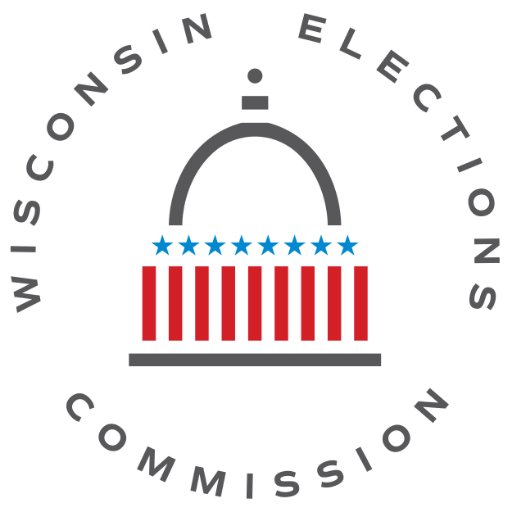Turnout 26.6% in Close April 2 Spring Election
In the coming days, WEC staff will be working closely with county clerks and other local election officials as they prepare to canvass and certify the results.
MADISON, WI – Very few problems were reported in Tuesday’s Spring Election in which more than 26 percent of Wisconsin adults voted, according to preliminary results analyzed by the Wisconsin Elections Commission.
According to unofficial, Election Night results gathered by WEC from county clerk websites, Brian Hagedorn leads Lisa Neubauer for Wisconsin Supreme Court Justice by 5,960 votes, or 0.49% of the 1,206,345 votes cast in the race.
A losing candidate may request a recount if the margin is 1% or less; however, the candidate must pay the cost of the recount if the margin is greater than 0.25%. The last statewide recount, in 2016, cost slightly more than $2 million. WEC does not have an estimated cost yet in the event the losing candidate requests a recount. After the 2016 Presidential recount, Wisconsin law was amended to require the WEC to include its costs as part of the recount fee in addition to costs calculated by municipal and county clerks.
In the coming days, WEC staff will be working closely with county clerks and other local election officials as they prepare to canvass and certify the results.
“While the potential for another statewide recount attracts much of the attention, local clerks and canvass boards will be completing the important and detailed work of certifying official election results,” said Meagan Wolfe, Wisconsin’s chief election official.
Here are some key dates in the certification/recount process:
- The deadline for county boards of canvassers to convene is 9 a.m. on Tuesday, April 9.
- The deadline for counties to complete their canvasses and report official results to the WEC is Friday April 12.
- The deadline for a losing candidate to request a recount is three business days after the last county canvass is completed.
- Absent a recount, the Elections Commission has until May 15 to certify results of the Spring Election.
Strong Turnout Statewide, Few Problems
“Even though we had the second-highest turnout in a non-partisan election since 2000, the Elections Commission received very few complaints about problems at polling places,” said Wolfe.
Based on unofficial results, turnout was 26.8 percent of the state’s voting-age population of 4,498,576 residents. That is higher than average for similar Supreme Court elections since the year 2000. Historically, turnout in contested Spring Elections for Supreme Court Justice ranges from a high of 34.3 percent in 2011 (Kloppenburg v. Prosser) to low of 18.2 percent in 2009 (Koschnick v. Abrahamson). The WEC calculates the turnout percentage based on the voting-age population while some local clerks base their calculations on the number of registered voters, which generally results in higher turnout figures.
Wolfe said the Elections Commission staff logged more than 450 calls from clerks and voters on Tuesday, compared to approximately 600 calls for the April 2018 election. “There were no noticeable trends in the questions we received and they can mostly be classified as standard Election Day assistance, such as helping voters to find a polling location,” Wolfe said.
The Wisconsin Elections Commission is responsible for administration and enforcement of election laws in Wisconsin. The Commission is made up of six Commissioners – four appointed directly by the State Senate Majority Leader, Speaker of the Assembly and the Minority Leaders in the State Senate and Assembly. The remaining two Commissioners are by the Governor with confirmation by the State Senate from lists of former municipal and county clerks submitted by the legislative leadership in each party.
NOTE: This press release was submitted to Urban Milwaukee and was not written by an Urban Milwaukee writer. While it is believed to be reliable, Urban Milwaukee does not guarantee its accuracy or completeness.
Mentioned in This Press Release
Recent Press Releases by Wisconsin Elections Commission
WEC Schedules Public Hearing on Proposed Administrative Rules
Dec 3rd, 2025 by Wisconsin Elections CommissionPreliminary Hearing on Proposed Rules for Voting Equipment/Ballot Security, Training of Election Inspectors and Special Voting Deputies






















